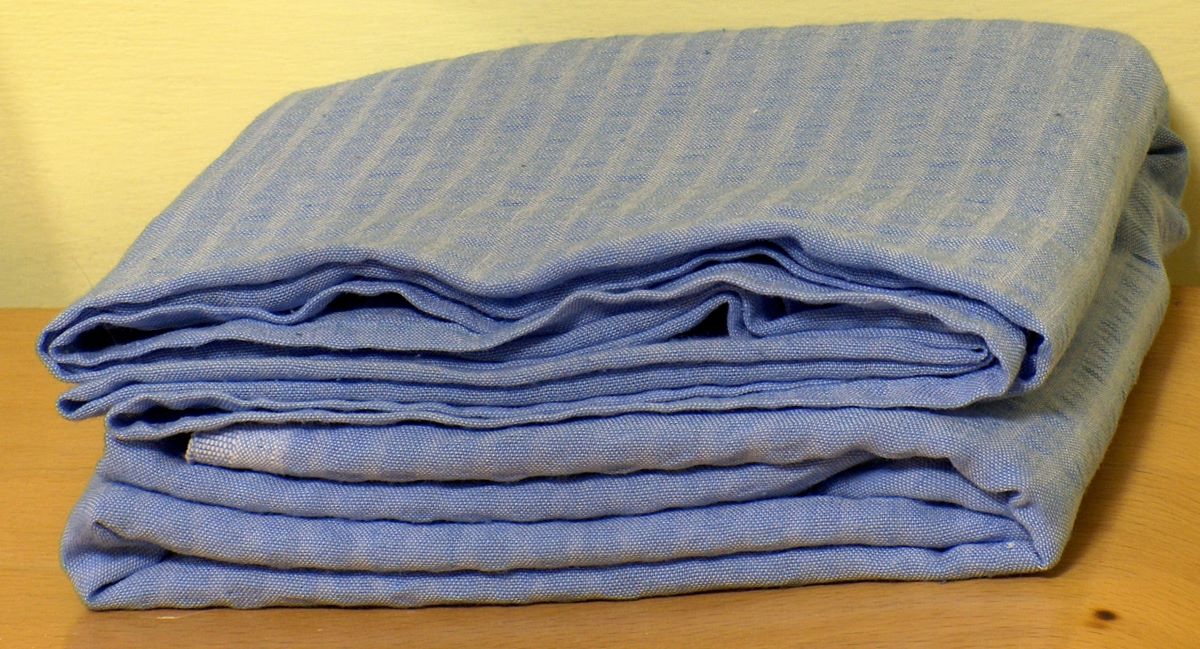

Articles
How To Store Bed Sheets
Modified: January 24, 2024
Discover the best way to store bed sheets with our informative articles. Keep your linens organized and wrinkle-free for longer lasting comfort.
(Many of the links in this article redirect to a specific reviewed product. Your purchase of these products through affiliate links helps to generate commission for Storables.com, at no extra cost. Learn more)
Introduction
Proper bed sheet storage is often overlooked, but it plays a crucial role in maintaining the quality and longevity of your bedding. While the natural tendency might be to simply toss your bed sheets into a closet or drawer, taking a few extra steps to store them correctly can make a significant difference in their appearance and durability over time.
By following some simple steps and utilizing suitable storage techniques, you can ensure that your bed sheets remain clean, wrinkle-free, and ready to use whenever you need them. In this article, we will guide you through the process of storing bed sheets effectively.
So why is it so important to store bed sheets properly? First and foremost, it helps to keep them clean and fresh. Storing sheets in a careless manner can lead to dirt, dust, and even insects finding their way onto the fabric. Proper storage also helps to prevent wrinkles and creases, so you can enjoy beautifully crisp sheets every time you make your bed.
Additionally, proper storage can help to extend the lifespan of your bed sheets. By preventing damage from improper folding, excessive stacking, or exposure to sunlight, you can prolong the life of your bedding and save money in the long run.
Now that we understand the importance of proper bed sheet storage, let’s delve into the step-by-step guide on how to store your bed sheets effectively.
Key Takeaways:
- Proper bed sheet storage is crucial for maintaining cleanliness, preventing wrinkles, and prolonging the lifespan of your bedding. Follow the step-by-step guide to ensure fresh, wrinkle-free sheets every time you make your bed.
- In addition to proper storage, follow care instructions, wash regularly, and handle with care to maintain the quality and longevity of your bed sheets. Incorporate these tips for a comfortable and cozy sleep environment.
Read more: How To Store Bed Sheets In Closet
Importance of Proper Bed Sheet Storage
Proper bed sheet storage is essential for maintaining the overall quality and appearance of your bedding. Here are a few key reasons why it is important to store your bed sheets correctly:
- Prolongs the lifespan: By storing your bed sheets properly, you can prevent unnecessary wear and tear, extending their lifespan. Improper storage can lead to fabric damage, color fading, and deterioration over time.
- Maintains cleanliness: Correctly storing your bed sheets helps to keep them clean and fresh. Dust, dirt, and insects can accumulate on improperly stored sheets. By storing them in a clean and controlled environment, you can ensure that your sheets remain hygienic.
- Prevents wrinkles: Proper folding and storage techniques can help prevent wrinkles, ensuring that your bed sheets come out of storage looking smooth and wrinkle-free. This saves you time and effort on ironing or steaming before using them.
- Easy accessibility: Storing your bed sheets in an organized manner makes it easier to locate them when needed. Whether it’s changing the sheets or preparing for guests, having a designated storage system ensures that you can easily find the right sheets without any hassle.
- Saves space: Efficiently storing your bed sheets can help save valuable space in your linen closet or wardrobe. By following proper folding techniques and utilizing storage solutions, you can maximize the available space and keep your linen area neat and clutter-free.
Remember, proper bed sheet storage is not just about maintaining the aesthetic appeal of your bedding, but also about taking care of your investment. By following the correct storage practices, you can enjoy fresh, wrinkle-free sheets that will last for years to come.
Step 1: Washing and Drying
Before storing your bed sheets, it’s important to start with a clean and fresh set. Here’s how to properly wash and dry your bed sheets:
- Separate by color: Sort your bed sheets by color to prevent color bleeding. It’s best to wash dark-colored sheets separately from light-colored ones.
- Use gentle detergent: Select a mild, gentle detergent that is suitable for your bed sheets’ fabric. Avoid using bleach or harsh chemicals, as they can cause damage over time.
- Follow care instructions: Check the care label on your bed sheets for specific washing instructions. Some fabrics may require cold water washing or delicate cycle settings.
- Avoid overloading the washing machine: Don’t cram too many bed sheets into the washing machine at once, as this can lead to ineffective cleaning and increased wrinkling.
- Tumble dry low: When drying your bed sheets, opt for a low heat setting to prevent shrinking and damage. Remove them from the dryer while they are still slightly damp to minimize wrinkles.
- Iron, if necessary: If your bed sheets are particularly wrinkled, you can iron them on a low to medium heat setting. Be sure to follow the ironing instructions specific to your bed sheet fabric.
Once your bed sheets are clean and dry, you are ready to move on to the next step in the storage process: folding techniques.
Step 2: Folding Techniques
Folding your bed sheets correctly is crucial for maintaining their appearance and minimizing wrinkles. Follow these folding techniques to ensure your bed sheets are neatly folded and ready for storage:
- Flat sheet: Lay the flat sheet on a flat surface with the pattern or design facing down. Smooth out any wrinkles and fold the sheet in half lengthwise, matching the corners. Then, fold the sheet in half widthwise and tuck the corners into each other to create a compact square shape.
- Fitted sheet: Start by holding the fitted sheet with the elasticized corners facing up. With one hand, tuck your fingers into one corner of the sheet. Fold the adjacent corner over the first corner, tucking them together. Repeat this process with the remaining corners until you have a neatly folded square.
- Pillowcases: Lay the pillowcase flat with the opening facing up. Fold the pillowcase in half vertically and then fold it in half horizontally, tucking the opening inside. This will create a compact square shape.
- Stacking: Once you have folded your bed sheets and pillowcases, stack them neatly in a designated storage container or shelf. Consider alternating the orientation of the sheets to distribute any potential creases more evenly.
By using these folding techniques, you can keep your bed sheets organized, easily accessible, and free from wrinkles. Now, let’s move on to selecting the right storage location for your bed sheets.
Step 3: Selecting the Right Storage Location
Choosing the appropriate storage location for your bed sheets is essential to keep them in optimal condition. Here are some factors to consider when selecting the right storage spot:
- Clean and dry environment: It’s important to store your bed sheets in a clean and dry area. Moisture can lead to mold or mildew growth and damage the fabric. Avoid storing them in basements, attics, or any area prone to dampness.
- Dark and cool: Exposure to sunlight can cause the colors of your bed sheets to fade over time. Choose a storage location away from direct sunlight to protect them from potential discoloration. A cool area will also help prevent any moisture buildup.
- Avoid overcrowding: Make sure to allocate enough space for your bed sheet storage. Overcrowding can lead to unnecessary creasing and wrinkles. Allow them room to breathe and avoid compressing them too tightly.
- Protected from pests: Take precautions to safeguard your bed sheets against pests such as insects or rodents. Use airtight storage containers or bags to protect them from any potential damage.
- Accessible and labeled: Choose a storage location that is easily accessible and clearly labeled so you can quickly find the specific bed sheets you need. This will save you time and effort when changing your bedding.
Once you’ve chosen the ideal storage location, it’s time to move on to the next step: storing your bed sheets in the most effective way.
Store bed sheets inside the matching pillowcase to keep sets together and organized. This also makes it easier to grab a complete set when changing the bed.
Read more: How To Store Bed Sheets In A Pillowcase
Step 4: Storing Bed Sheets
Now that you have prepared your bed sheets and chosen the right storage location, it’s time to carefully store them to ensure their continued freshness and quality. Follow these tips for effective bed sheet storage:
- Use storage containers: Opt for storage containers that are clean, durable, and appropriate in size to properly accommodate your folded bed sheets. Clear plastic bins can be a great option as they allow you to easily see and access your stored sheets.
- Avoid plastic bags: While it may be tempting to use plastic bags for storage, they can trap moisture and lead to musty odors or mold growth. Instead, choose breathable fabric or paper storage bags that allow your bed sheets to aerate.
- Separate by sets or sizes: Group your bed sheets by sets or sizes to make it easier to find and retrieve the specific sheets you need. This will help streamline the process of changing your bedding.
- Add a freshener: Consider placing a sachet or a scented dryer sheet in the storage container to keep your bed sheets smelling fresh. Just be sure to avoid direct contact with the fabric to prevent any potential staining or damage.
- Avoid excessive stacking: While it’s important to maximize space, be cautious not to stack too many folded bed sheets on top of each other. Excessive stacking can lead to unnecessary wrinkles and make it harder to retrieve individual sheets.
- Keep them away from the floor: Elevate your storage containers or shelves to prevent direct contact with the floor. This precaution helps to avoid potential moisture or pest problems that can arise from floor contact.
By following these storage tips, you can ensure that your bed sheets remain in excellent condition until their next use. Now, let’s move on to the final step: organizing and labeling your stored bed sheets.
Step 5: Organizing and Labeling
After storing your bed sheets, it’s important to organize and label them in a way that makes it easy to locate and identify them when needed. Here are some tips for organizing and labeling your stored bed sheets:
- Categorize by type or season: Consider organizing your bed sheets by type (such as flat sheets, fitted sheets, and pillowcases) or by season (such as summer, winter, or guest bedding). This will help you quickly find the specific sheets you are looking for.
- Label the containers: Attach labels or use clear plastic sleeves to indicate the contents of each storage container. You can include details such as bed sheet sizes, colors, or specific sets. This labeling system will save you time and effort when retrieving your desired sheets.
- Create an inventory list: Make a list of the bed sheet sets you have stored and keep it in a visible area or attach it to the storage containers. This inventory list will serve as a handy reference, ensuring you don’t forget about any of your stored bed sheets.
- Rotate the sets: To ensure even usage and prevent any one set from being kept in storage for too long, consider rotating your bed sheet sets. Use the oldest set first and then move on to the next set in line.
- Regularly assess and refresh: Periodically check on your stored bed sheets to assess their condition and freshness. Take this opportunity to rotate or refresh the scented fresheners, replace any damaged storage containers, and reorganize if necessary.
By implementing an effective organization and labeling system, you can maintain a well-organized linen storage area and effortlessly find the bed sheets you need when it’s time to change your bedding.
With the completion of these five steps, you have successfully learned how to store your bed sheets effectively. By taking the time to wash, fold, select the right storage location, store with care, and organize your bed sheets, you can ensure that they remain in excellent condition until their next use.
Remember, proper bed sheet storage not only keeps your bedding clean and wrinkle-free but also helps to prolong their lifespan, saving you money in the long run. So, follow these steps and enjoy the comfort and beauty of fresh bed sheets every time you make your bed!
Tips for Maintaining Bed Sheet Quality
In addition to proper storage, there are several other tips you can follow to maintain the quality and longevity of your bed sheets. Here are some helpful tips:
- Follow care instructions: Always refer to the care instructions provided by the manufacturer. Different fabrics require different care methods, such as specific washing temperatures or avoiding certain detergents. Adhering to these instructions will help preserve the quality of your bed sheets.
- Wash regularly: It’s important to wash your bed sheets regularly to remove dirt, sweat, and oils. Aim to launder them at least once every one to two weeks, or more frequently if necessary.
- Avoid overloading the washing machine: Overfilling the washing machine can prevent your bed sheets from getting thoroughly clean and increase the likelihood of wrinkles. Give them enough space to move around freely during the washing process.
- Prevent stains: Attend to any spills or stains on your bed sheets promptly. Blot the affected area with a gentle stain remover or warm water to avoid the stain setting into the fabric. Avoid using bleach or harsh chemicals unless recommended by the manufacturer.
- Rotate your sets: Instead of consistently using the same set of bed sheets, consider rotating them regularly. This allows for even wear and tear, preventing one set from becoming worn out more quickly than the others.
- Store clean sheets: Ensure that your bed sheets are freshly washed and completely dry before storing them. Storing dirty or damp sheets can lead to unpleasant odors, mold growth, and fabric damage.
- Handle with care: When making the bed or handling your bed sheets, be gentle to avoid unnecessary stretching or pulling. This will help preserve the shape and elasticity of the fabric.
- Protect from direct contact: Avoid direct contact between your bed sheets and skin products, such as lotions or oils, as they can cause staining or discoloration. Using a thin barrier, such as a thin cotton sheet or a mattress protector, can help prevent this contact.
- Avoid excessive heat: Excessive heat, such as high dryer temperatures or hot ironing, can weaken the fibers of your bed sheets. Opt for low to medium heat settings when drying or ironing, and avoid exposing them to direct sunlight for extended periods.
- Replace when needed: No matter how well you maintain your bed sheets, they will eventually wear out over time. When you notice signs of significant wear, thinning fabric, or tears, it’s time to consider replacing them to maintain a comfortable and high-quality sleeping environment.
By incorporating these tips into your bed sheet care routine, you can ensure that your sheets remain soft, comfortable, and in excellent condition for a prolonged period.
Remember, taking care of your bed sheets is an investment in your overall sleep comfort, and it’s worth the effort. With proper care and maintenance, you can continue enjoying the luxurious feel of fresh, high-quality bed sheets night after night.
Now, armed with these tips and storage techniques, you are well-equipped to maintain the quality and longevity of your bed sheets. Sweet dreams!
Conclusion
Proper bed sheet storage is essential for maintaining the quality, cleanliness, and longevity of your bedding. By following the steps outlined in this article, you can ensure that your bed sheets remain fresh, wrinkle-free, and ready to use whenever you need them.
From washing and drying to folding techniques, selecting the right storage location, storing with care, and organizing and labeling, each step is crucial in maintaining the pristine condition of your bed sheets. By investing a little extra time and effort into these practices, you can enjoy the benefits of clean, well-preserved bed sheets that will last for years to come.
Remember to follow the specific care instructions provided by the manufacturer for your bed sheets, as different fabrics require different care methods. Regular washing, storing clean sheets, and handling them with care are all important factors in preserving their quality.
Additionally, incorporating the tips for maintaining bed sheet quality will further ensure that your bedding stays in exceptional condition. By rotating your sets, preventing stains, avoiding excessive heat, and replacing them when needed, you can prolong the lifespan of your bed sheets and continue to enjoy a comfortable and cozy sleep environment.
Now that you have learned the importance of proper bed sheet storage, it’s time to put these practices into action. Take the necessary steps to maintain your bed sheets, and you’ll be rewarded with a fresh, inviting bed every night.
So, whether you’re storing your extra sets, preserving seasonal sheets, or organizing your linen closet, remember the value of caring for your bed sheets properly. With a little attention and effort, you can ensure that your bed sheets remain an inviting and cozy sanctuary for a restful night’s sleep.
Frequently Asked Questions about How To Store Bed Sheets
Was this page helpful?
At Storables.com, we guarantee accurate and reliable information. Our content, validated by Expert Board Contributors, is crafted following stringent Editorial Policies. We're committed to providing you with well-researched, expert-backed insights for all your informational needs.
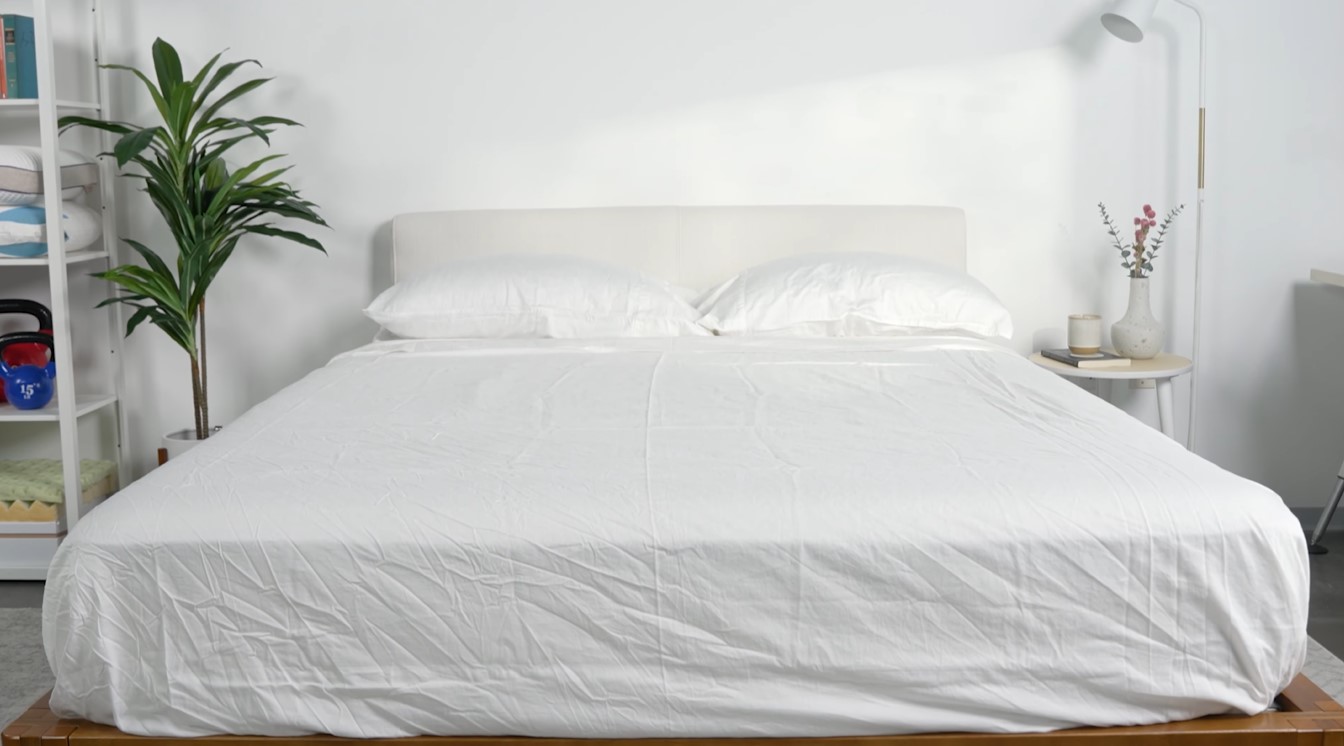
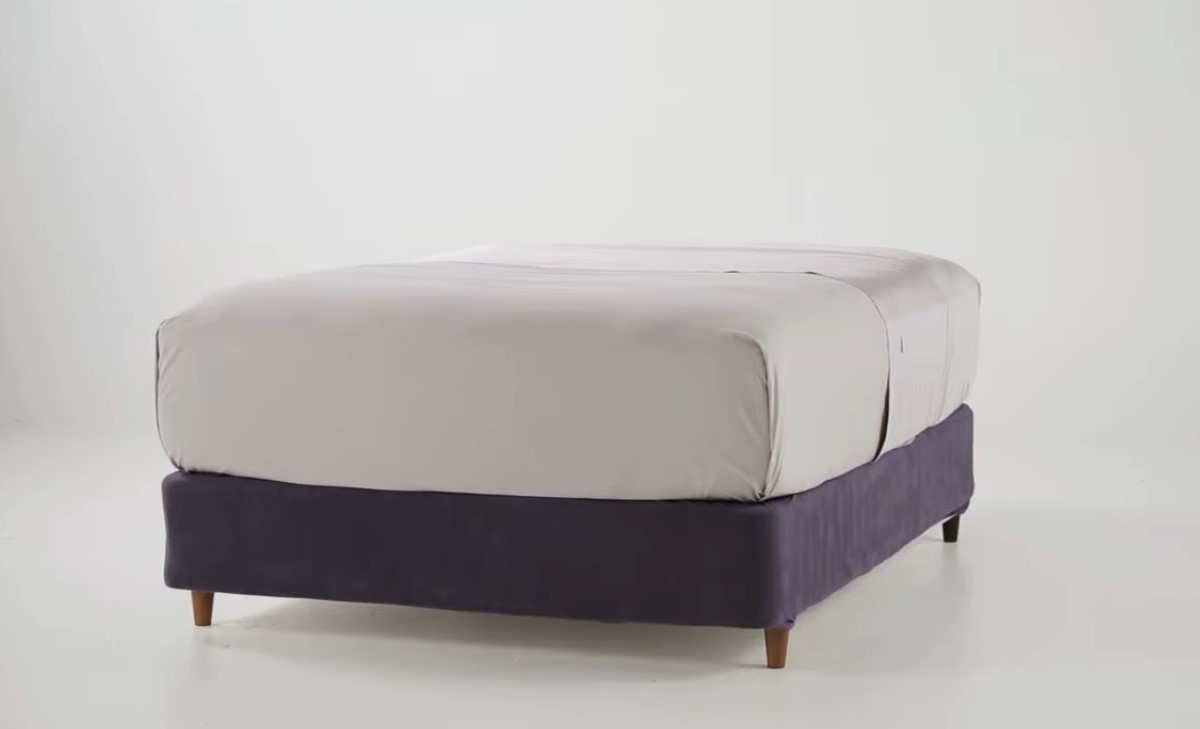



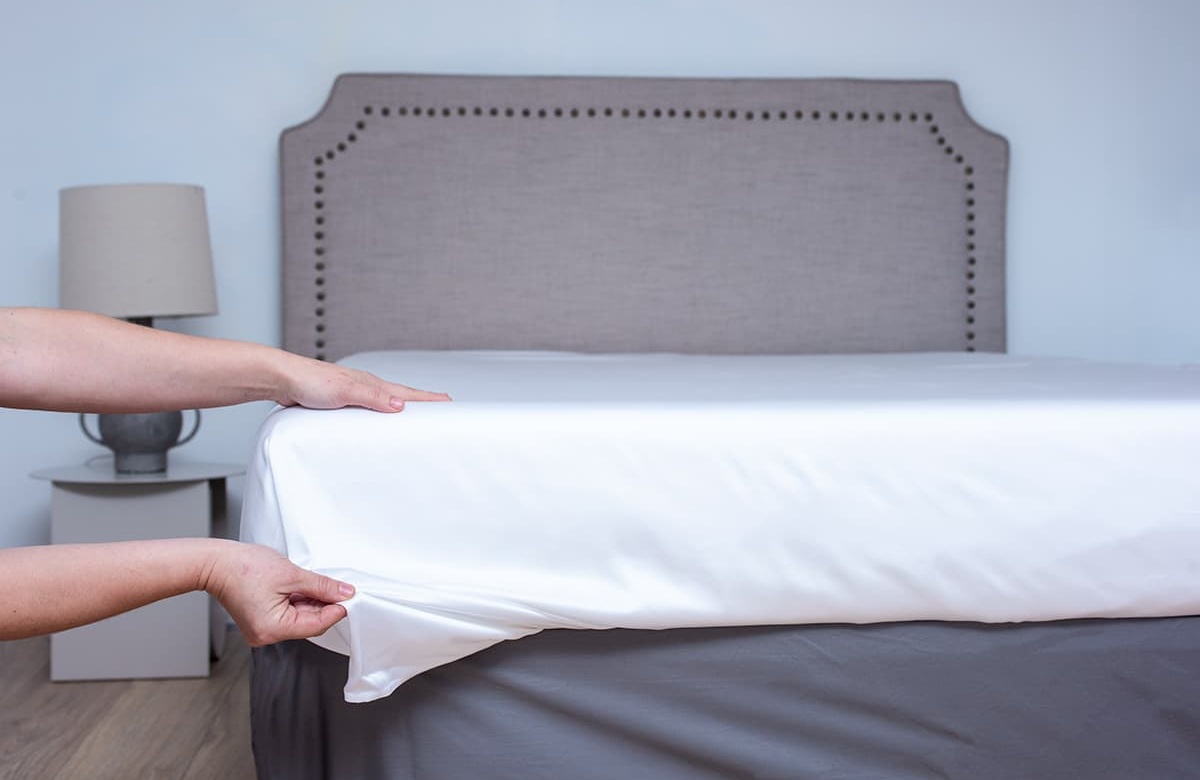
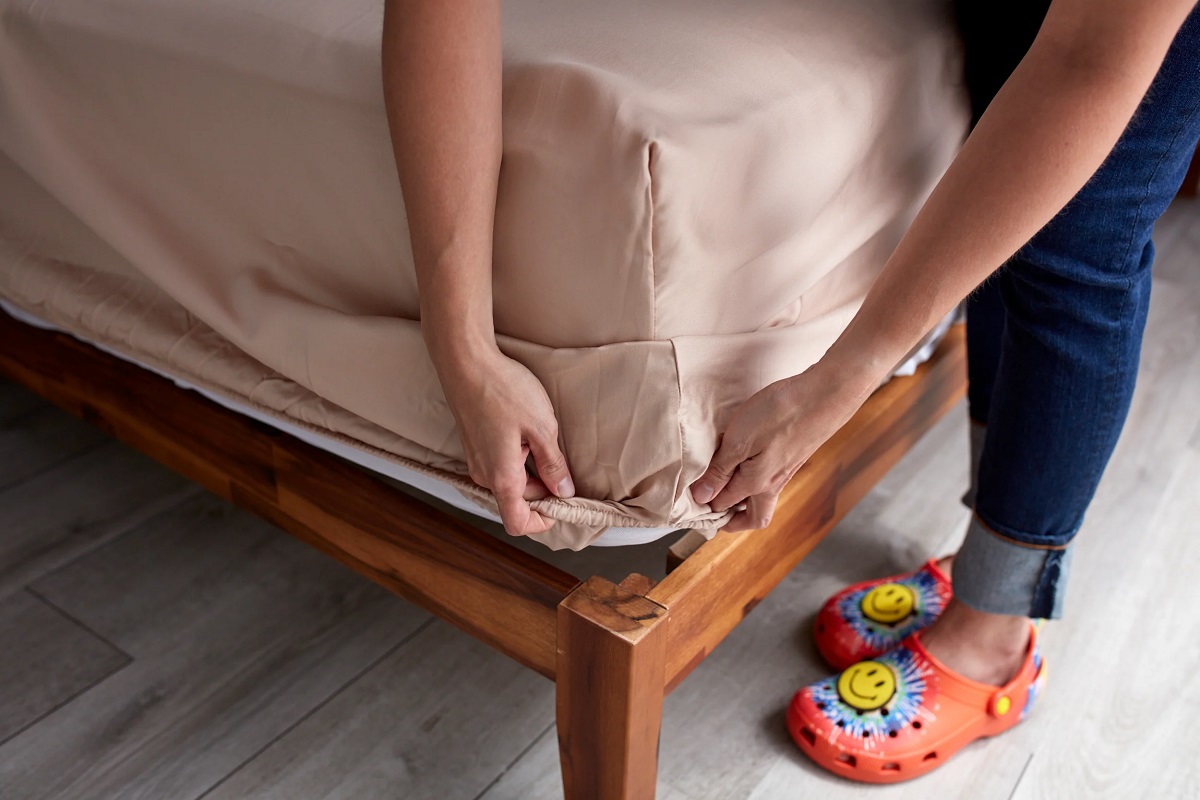



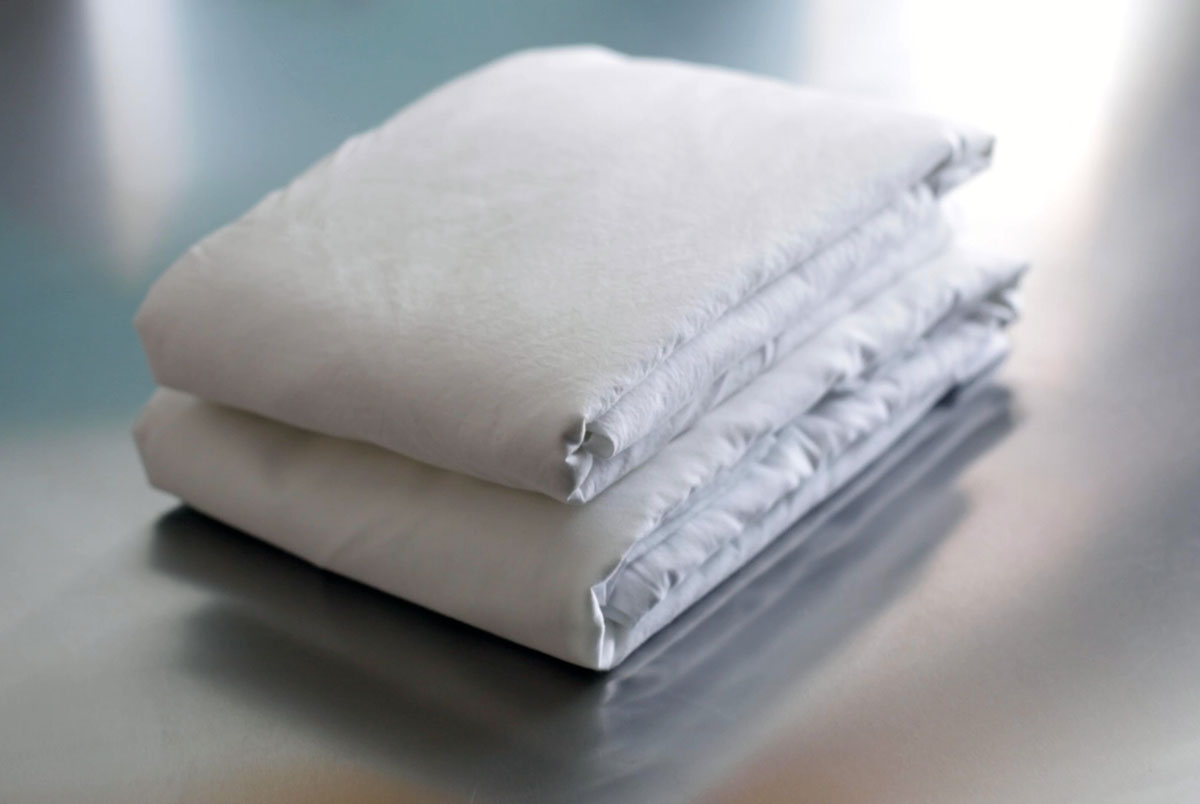




0 thoughts on “How To Store Bed Sheets”